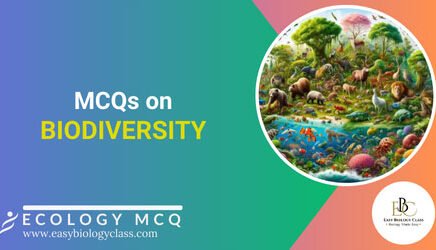
Best Books for GATE Ecology and Evolution (GATE EY)
The GATE (Graduate Aptitude Test in Engineering) Ecology and Evolution exam is a critical gateway for students aspiring to further their academic journey or secure […]

The GATE (Graduate Aptitude Test in Engineering) Ecology and Evolution exam is a critical gateway for students aspiring to further their academic journey or secure […]

Global warming is caused by the increased concentration of greenhouse gases (GHGs) like carbon dioxide, methane, and nitrous oxide, primarily due to human activities such […]

Global warming refers to the long-term increase in Earth’s average surface temperature due to the accumulation of greenhouse gases (GHGs) such as carbon dioxide, methane, […]

MCQ on Environment Ecology and Biodiversity: Environment, ecology, and biodiversity are interconnected concepts essential for understanding life on Earth. The environment encompasses all external factors […]

Biodiversity MCQs with Answers PDF: Biodiversity is vital for maintaining the health and stability of ecosystems, as it provides essential services like pollination, nutrient cycling, […]

Biodiversity MCQ with Answers: Biodiversity refers to the variety of life on Earth, including the diversity of species, genetic variation within species, and the variety […]

Biodiversity and Conservation NEET MCQ: Conservation of biodiversity involves protecting the variety of life forms on Earth, including species, ecosystems, and genetic diversity, to ensure […]

MCQ on ex situ and in situ Conservation: in situ and ex situ conservation are strategies used to preserve biodiversity and prevent species extinction. In […]

Biodiversity and Conservation MCQ: Biodiversity refers to the variety and variability of life forms on Earth, encompassing the diversity of species, ecosystems, and genetic resources. […]